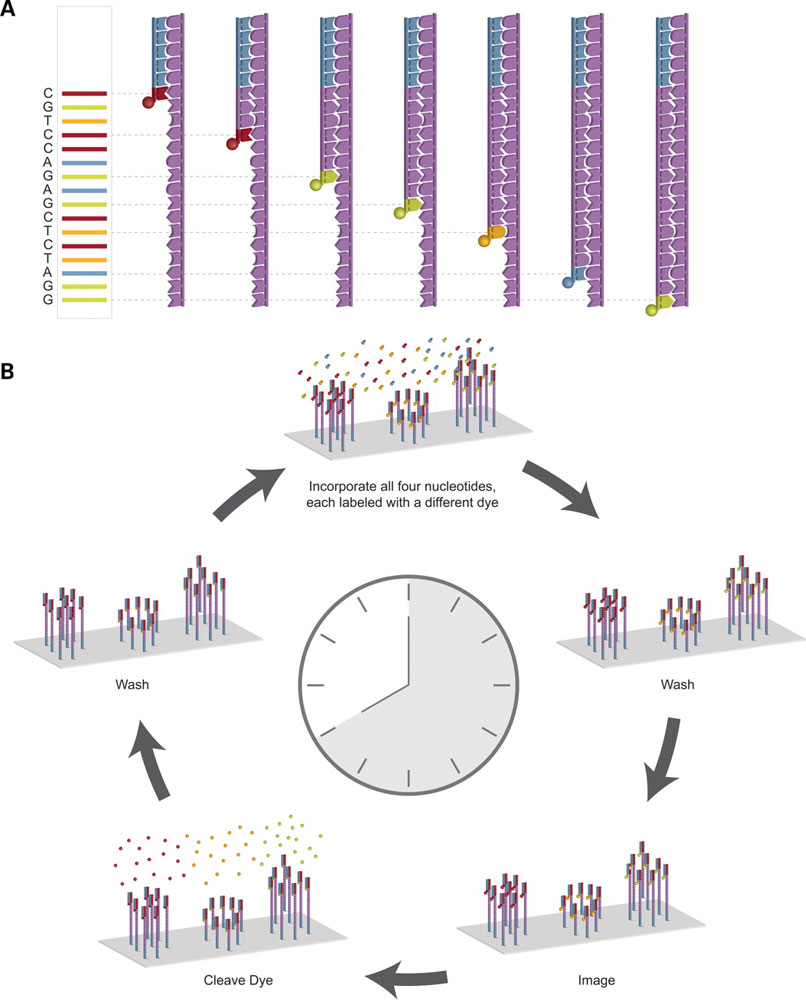

DNA barcodes allow a rapid species discovery and identification and have been widely used for taxonomic identification by targeting known gene regions that permit to discriminate these species. These materials provide ideas for developing bioinformatic experience in the classroom.īackground: Taxonomic identification of plants and insects is a hard process that demands expert taxonomists and time, and it’s often difficult to distinguish on morphology only. Phylogenetic trees – the core set of methods for comparing DNA sequences. ‘Metagenomic’ studies – newer, studies sampling all DNA in environments (or filtering to include only bacterial DNA, for example) – allow gene function and patterns of abundance to be considered D. ‘Gene barcoding’ - directed sequencing of a gene for classification - applied to all life, including microbes C. Generation and assembly of DNA (typically) sequences B. Some important concepts in the field of ecological bioinformatics are: A. Bioinformatics has influenced the way we study biodiversity – for example in the phylogenetic recognition of species (all Kingdoms), and in studying bacteria and viruses which cannot be grown in the lab. The future could potentially involve personalized genome medicine. The scope for bioinformatics is increasing dramatically. There is abundant information and tools (very often free) that mean that students can become involved in ‘data mining’, perhaps setting up there own biological questions within a bioinformatics teaching experience. computer literacy, report writing, project planning, hypothesis testing, and group based work). Teaching Bioinformatics particularly complements ecology and genetics concepts, as well as many other areas of expertise (e.g. Bioinformatics is being used more in the field of ecology.


 0 kommentar(er)
0 kommentar(er)
